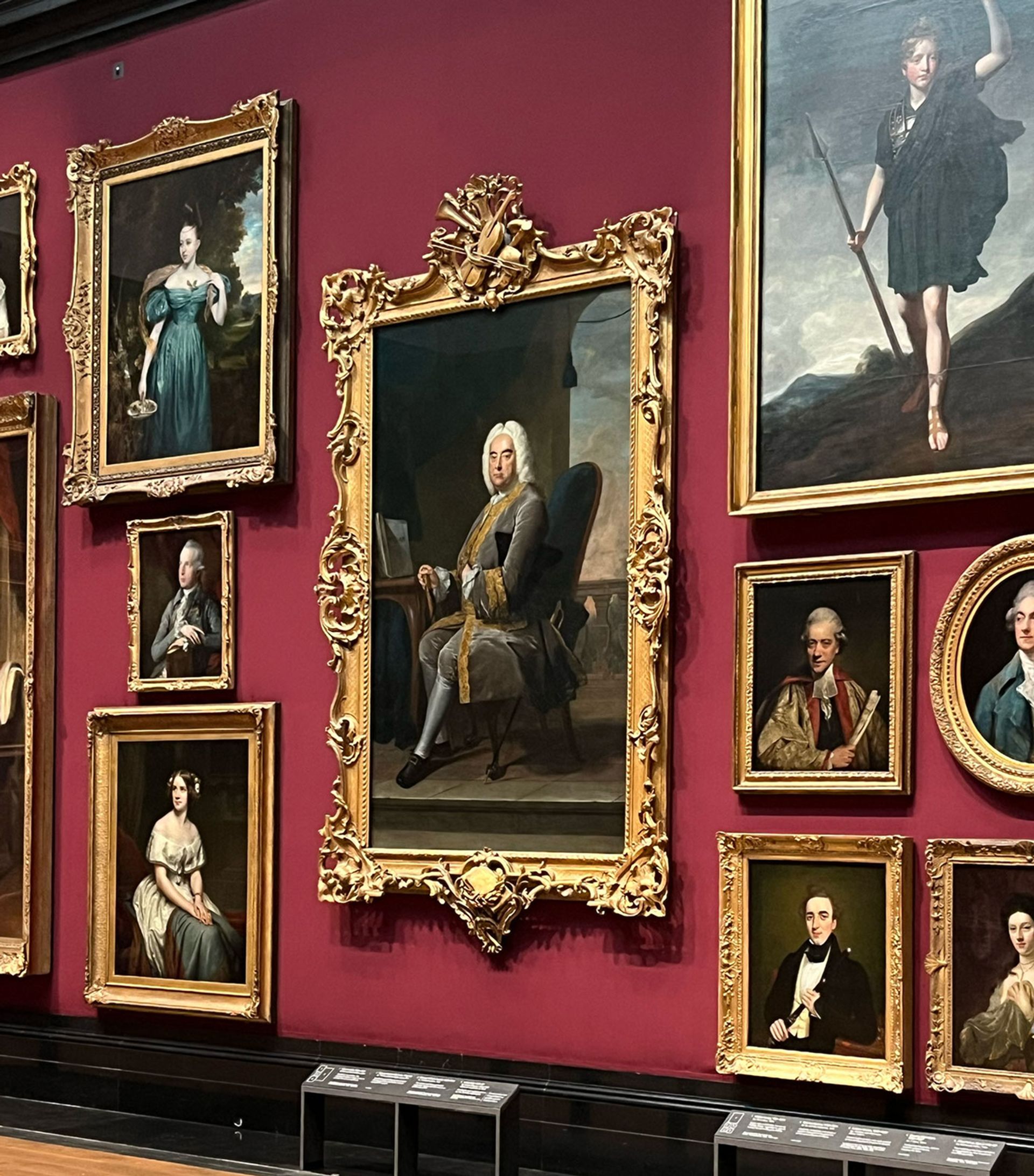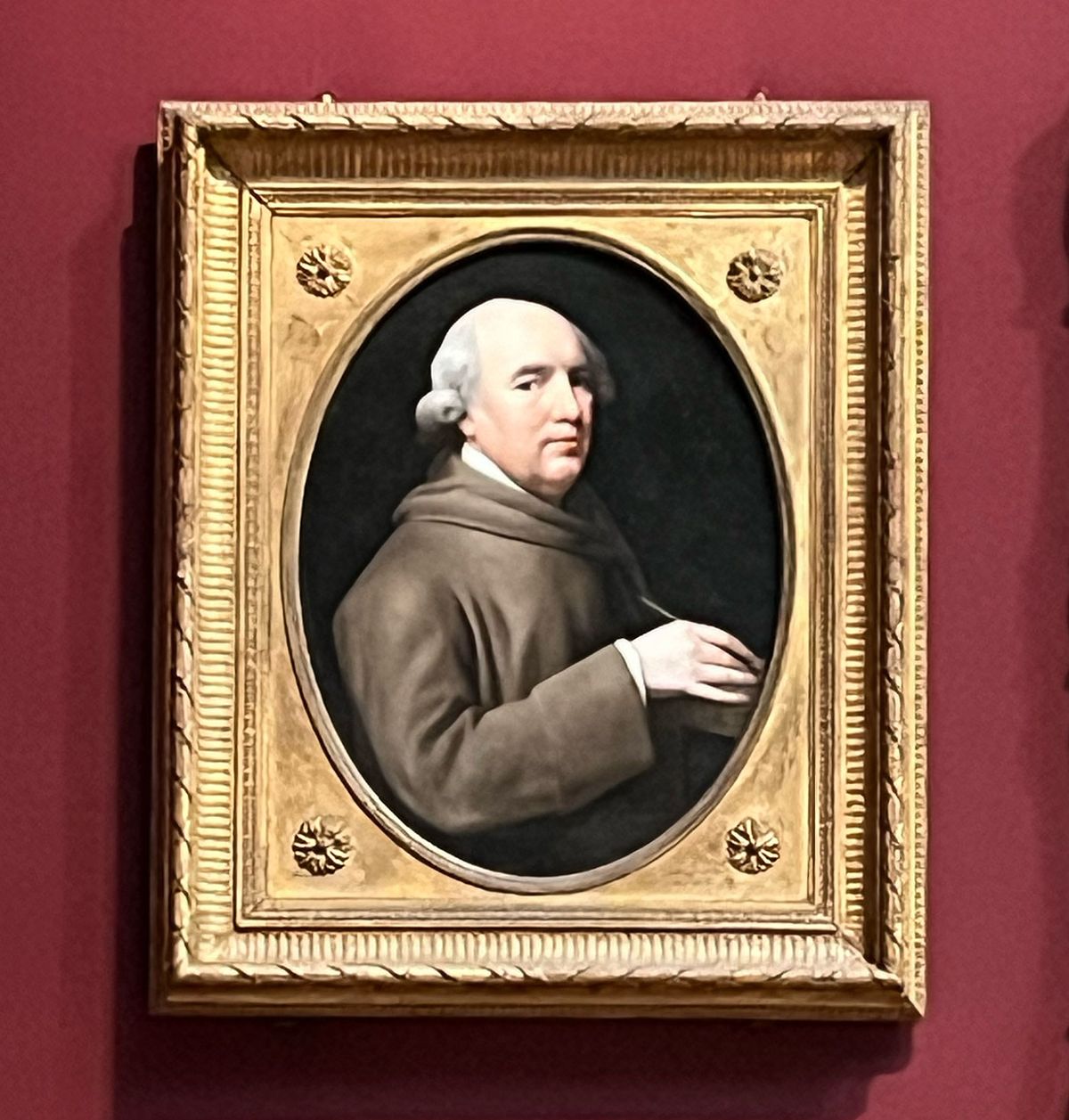Archives opened to the public under the thirty-year rule at the National Portrait Gallery (NPG), in London, tell the story of the arrival of Roy Strong, the trendy young man who took the venerable British institution by storm. Strong was promoted to director from Assistant Keeper on 1 June 1967 (on £4,350 a year), and right from the start was determined to “wake up” the slumbering gallery.
Among the papers is a bundle of congratulatory messages. Cecil Gould at the National Gallery wrote to tell Strong he would be “the first lively director of the Portrait Gallery within living memory, or at least within mine.”
Ernst Gombrich, director of the Warburg Institute, was among those who sent a note: “I have not forgotten the silly letter I wrote to you years ago trying to dissuade you from taking up an academic career. I have rarely been happier at being so utterly wrong!”
Oliver Millar, Surveyor of The Queen’s Pictures, passed on his congratulations, adding that “I hope that ‘admin’ will not be too ghastly a burden.” Michael Kauffman, a Keeper at the Victoria and Albert Museum, sent a postcard of Kokoschka’s Standing nude with flowers, writing that “the garland comes with all my congratulations on your fabulous elevation.”
Strong was determined to make his presence felt at his first Trustees meeting, convened two weeks after he took over. By this time he had already secured an invitation for lunch with Cecil Beaton, and had achieved his first coup. According to the minutes of the Trustees on 15 June: “The director reported that Mr Cecil Beaton has offered to present to the Gallery a choice of his photographic portraits... The Trustees accepted and expressed their appreciation of the offer.”

Thomas Hudson, George Frederick Handel, 1756, centre, on show at the National Portrait Gallery, in London. The portrait of the composer was acquired for the gallery in 1968 after being auctioned in 1967 by Earl Howe, heir of Charles Jennens, author of the words for Handel's celebrated oratorio The Messiah Photograph: The Art Newspaper
Although the Beaton photographs were a gift, major historic acquisitions were difficult since the NPG’s annual purchase grant was only £8,000 a year. When Strong took over, there were two major pictures coming up for auction: on 7 July 1967 a magnificent portrait of the composer George Frederick Handel by Thomas Hudson (which had been on loan to the NPG from Earl Howe since 1956) and on 12 July a self-portrait by Stubbs (owned by Muriel Heely). He managed to secure both.
Strong’s first few months were his honeymoon period. Just two years later he was to say of his Trustees: “Their ignorance utterly appals me.” He remained at the NPG until 1973, when he was appointed director of the Victoria and Albert Museum. Speaking to The Art Newspaper, Sir Roy admitted that when he was appointed to head the NPG, he “took so many rabbits out of the hat—the Trustees didn’t know what had hit them”.
NPG trustees hold emergency meeting over auction of Handel and Stubbs portraits
Within hours of his first Trustees’ meeting, Strong fired off a tough letter to the Department of Education and Science (then responsible for museums). He explained that the Trustees had “expressed extreme dismay at the imminent crisis which the gallery faces over the desired acquisition of the portrait of Handel... As if this were not enough, we are then faced with the sale five days later of the only full-scale self-portrait of George Stubbs in existence.... The Trustees are so concerned about the drift of events that an emergency meeting has been summoned.” The Handel sold for £9,450 at Christie’s, but Strong’s plea had been effective and the government agreed to help with a special grant. The portrait was bought by Leggatt Brothers for the gallery. There was £1,000 from the NPG’s purchase grant and £4,725 from a special Department of Education and Science grant (unthinkable today), but Strong also launched the gallery’s first-ever public appeal. Key celebrities from the music world were roped in to head the fundraising drive: Benjamin Britten, Yehudi Menuhin, Sir Malcolm Sargent and Joan Sutherland. Following a special performance of the “Messiah” at the Albert Hall, the picture was eventually acquired in 1968
The Stubbs self-portrait came up at Sotheby’s just five days after the auction of the Handel. According to the archives, Strong believed that it was likely to sell for over £30,000 and secret arrangements had been made for it to be purchased by the Dulverton Trust (run by Lord Dulverton), which would then hold onto the picture for up to three years while the money was raised. In the event, the Stubbs was knocked down for £8,000. It could therefore be bought immediately, with £3,000 from the NPG’s purchase grant, £2,500 from the National Art Collections Fund and a £2,500 anonymous donation. The archives reveal that the private donor was Harry Joel, a mining company executive and horse-racing enthusiast. Just hours after the sale, Strong wrote to Joel, confiding that his first few weeks as director had seen “one of the most dreadful crises this gallery has had within memory”


